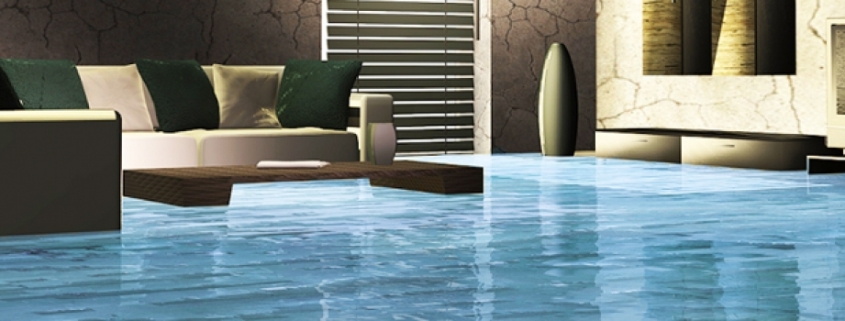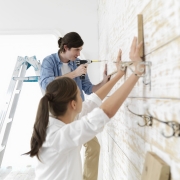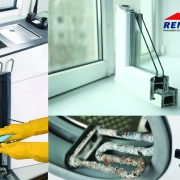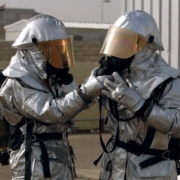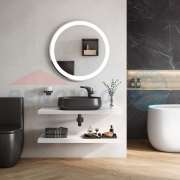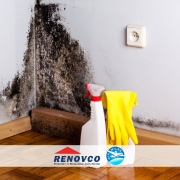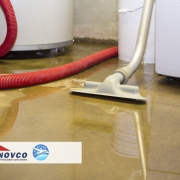Water Damage Tips To Follow
Here are some water damage tips to follow if you experienced it in your house:
- Turn Off Electricity
- Water Removal
- Furniture Displacement
- Dry The Area
- Disinfect
- Mold Prevent
Water damage is a big deal for the property and everyone should be aware of the procedures of after-damage. For your knowledge, you should know some water damage tips.
Disconnect the power
You have to disconnect digital devices and immediately eliminate all appliances, furniture, and things that you can move. Make sure you have unplugged each one of your devices. If you remove your things faster from the water, there are more chances to save them. Eliminate all carpets and underlay mats. Maybe you will save your carpeting if you remove them fast and you’ve got them cleaned and disinfected.
Eliminate the water
There are plenty of manners to eliminate water. For a fast move, use old towels, buckets or brooms to consume as much water as you can. If the sewers in your area aren’t blocked, you can pour the water down the drain, otherwise, pour it on your yard or in another permeable surface. A wet/dry vacuum can also be used. Getting rid of all of the water and drying the region is the most important thing you can do to prevent mold growth.
Move furniture, rugs, and small objects
Make sure you take your furniture away from the affected area as soon as possible. If your water damaged area also has carpets, remove them from the area and bring them outside to dry. A tip we can give you is to place a wood block under furniture legs to prevent carpet stains. Exposed wood furniture to moisture transfers the wood stain to the carpet leaving permanent marks. Metal furniture legs can leave rust stains. Remove smaller objects such as books, toys, tables, and other miscellaneous items from the area.
Dry the affected area
Once you’ve mopped up all of the water and extracted water from the carpet using different carpet cleaning methods, use fans and a dehumidifier to help dry the area as well. Leave the windows open if it is not raining. So you permit air to flow and the area dries faster. You would want the floor to dry as soon as possible. For those who have a finished basement and the drywall was affected, you will most likely need to decrease the areas which were affected by the water since the drywall will crumble and the paper backing is going to be a fantastic source of food for mold. Treat first skirting boards if you have them, and if they’re made from compressed wood, then probably you won’t be able to recover them. If they were wooden, then there are chances to save them.
Disinfect
After drying the region, such as wooden beams, insulation, drywall, etc., use a great disinfectant to eliminate any bacteria which might have come through the sewers, bathrooms, etc..
Stop the growth of mold
After disinfecting and allowing the area dry thoroughly, use the disinfectant along the affected area following the directions. As soon as you apply a layer, let it dry immediately. Once dry, it forms a thin protective coating to mold growth and eliminates the spore roots. No matter where you are spraying it, it is going to prevent the mold and it is capable to offer continued strength. If you’re spraying an entire room, you might wish to consider leasing a fogger in a hardware store such as Menards. It’s easy to use and extremely fast.
Discard damaged things responsibly. Bring what you can into a recycling center and get rid of garbage properly.

